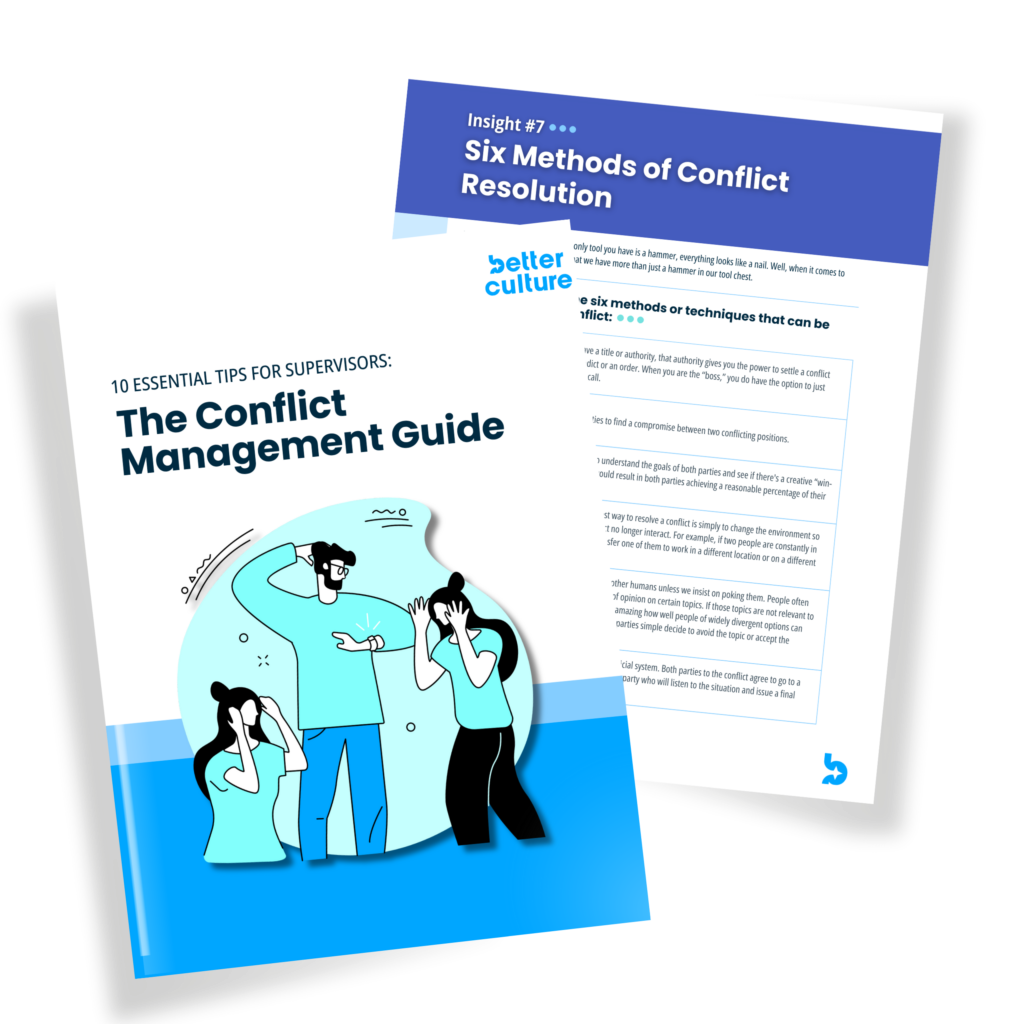Company values drive an organization’s actions, shape employee behavior, and distinguish a brand in the marketplace. They are the cornerstone of an organization’s character and culture. In this article, we’ll explore best practices for developing a set of core values that will guide and motivate your team.
What if We Already Have Core Values?
If your organization already has established core values, you may want to consider: 1) How can we get more benefit from the values we already have? or 2) How can we refresh or update our values to align with the future of our organization?
Good news. This article has a few valuable takeaways in either of those scenarios. But you’ll have to read on.
Company Values / Core Values / Culture Code
There is a fair amount of hazy thinking around the topic of company values. Terms like “core values,” “company values,” and even the term that we will ultimately use in this article “culture code” are often used interchangeably. But the term are not quite synonymous.
Company values are expected to function as foundational principles on which the organization operates. Unfortunately, the nature of trying to appeal to all audiences (employees, customers, community, etc.) often leads to company values that are overly broad in nature. Think integrity, trust, communication, etc. Those are important business tenets, but for reasons we will explain later in this article, these amorphas concepts are not specific enough to help define internal workplace culture.
“Core values” or “cultural values” are the terms most often used to represent and describe the employee-led culture the organization is committed to creating. (Like company values, these are fine terms and if you’re currently using them, feel free to keep right on doing so.) Most organizations are using these terms to describe what we are going to highlight in this article: an internal-facing guide to describe the culture the organization is committed to creating and maintaining.
“Culture code” is a slightly more modern way to describe the attitudes and behaviors that are expected from employees. Similar to a code of conduct, a culture code sets forth a clear picture of how the organization hopes employees will conduct themselves as they interact with colleagues and customers.
The term you are using for your values doesn’t really matter. However, we’ll primarily use “culture code” throughout the remainder of this article.
Crafting Values that Drive Behavior
To create an impactful culture code, it’s important to use behavior-driven language. Instead of using vague terms, make sure your values encapsulate clear, easily identifiable behaviors or attitudes.
For example, instead of saying “innovation,” you could use “pay special attention to new ideas.” Instead of “teamwork,” say “be assertively helpful.” This approach makes it easier for employees to understand and integrate your culture code into their daily work life.
Benefits of Behavior-Driven Values:
- Clarity. Employees gain a clear understanding of what’s expected of them.
- Usefulness. Behavior-driven language minimizes ambiguity, making it easier to model, coach, and hold people accountable for their actions.
- Fostering Intentional Culture. Describing values in behavioral terms paints a clear picture of how an organization wants its culture to look, feel, and function.
- Better Recruitment and Retention. During the hiring process, behavior-oriented values can serve as a test for cultural fit and proactively establish expectations. This clarity can improve the odds of a compatible match between personal style and performance expectations.
- Improved Decision Making. When employes operate from a common set of attitudinal expectations, communication becomes more efficient, and interactions become more stable and predictable. Both of those factors enhance decision-making and facilitate innovation.
- Enhanced Customer Experience. When employees are aligned in their behavior, customers will know what to expect when interacting with your brand – a consistency that can translate into a high-quality customer experience.
Examples of Effective Values:
If you’d like to see a couple of examples of organizations that have worked hard to create behavior-oriented values, check these out:
Crafting Your Behavior-Driven Values
There are two approaches to creating (or refreshing) company values. Option one is to have values crafted or refreshed by a small group of senior leaders working alone. Option two is a more inclusive process that allows a large number of employees to participate in the process. Let’s take a quick look at when to use each process.
Leadership-Only Process
As companies are started, founders should give thought to the type of culture they want to create. Although such early culture codes will often lack marketing polish, explicitly defining the desired culture will substantially increase the odds of it coming to life.
Another instance where a leadership-only process can work well for a small team of leaders to establish or refresh values without all-employee involvement is when an organization has a strong or and highly respected leader who already knows exactly the culture they want to create and protect. It’s silly to ask people what they want to eat when you’ve already determined what is going to be served. General Patton did not run a lot of focus groups.
In a situation where the culture of an organization has been primarily driven by the personality of a leader (or a small team of executives), it can still be wise for that leader to take the time to specify what already exists in crisp and clear language.
All-Inclusive Process
In many instances, it is wise to involve a larger set of employees from across an organization in crafting a culture code or company values. Since existing employees are going to be asked to live by those values, it’s only fair that they have a say in crafting what that will look like. Involving employees in the crafting or refreshing of company values can foster a sense of ownership and commitment, creating a more cohesive and durable organizational culture.
But, as with so many aspects of leadership, how you conduct this process matters a lot. Here is a simple process you can follow.
Step 1: Gather Input from Employees
Gather input from employees from across the company on the type of culture that they value and aspire to have. This can be a digital survey, focus groups, or some other method of collecting employee input. But however you collect the information, make sure you involve every part of the organization.
Step 2: Align with Company Goals
Review the information collected to identify common themes. Pay particular attention to the themes that connect most closely to behaviors and attitudes that will allow the organization to achieve its business goals.
Step 3: Be Specific
Each value should be a specific action, behavior, or attitude that can be integrated into daily tasks. For example, if customer satisfaction is a company goal, then a culture code element could be “go the extra mile for clients.”
Step 4: Keep It Simple
The more complex the statements in your culture code, the harder they are to remember and implement. Simplicity brings focus. Shoot for a list of 3-7 values. The fewer, the better. The more concise, the better. The more memorable, the better.
Step 5: Continual Refinement
Your company’s culture code need not be set in stone. Elements of your code should evolve as the company grows and the market landscape changes. Keep an ear open for opportunities to refine and enhance your values or culture code.
Conclusion
Your culture code should be the DNA of your company culture, deeply embedded in every action and decision. By defining your code in terms of behaviors and attitudes, you’re providing your team members with a tangible guide to what’s expected of them and how they can contribute to the company’s success.
Your company’s culture is a significant driver for both employee engagement and consumer trust. Your values – your culture code – must be more than just words on a wall. They should be the behaviors and attitudes that define employee expectations and propel your company to greater success, one actionable step at a time.




